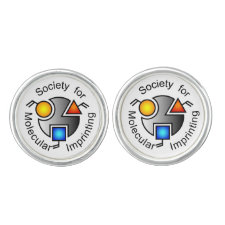
Authors: Peng SH, Yang SY, Zhang X, Jia JJ, Chen QL, Lian YY, Wang A, Zeng B, Yang HM, Li JL, Dan JG, Liao JJ, Zhou SH
Article Title: Analysis of imidacloprid residues in mango, cowpea and water samples based on portable molecular imprinting sensors.
Publication date: 2021
Journal: PLoS ONE
Volume: 16
Issue: (9)
Article Number: e0257042.
DOI: 10.1371/journal.pone.0257042
Abstract: Imidacloprid is a neonicotinoid insecticide widely used in the production and cultivation of crops. In recent years, the extensive use of imidacloprid in agricultural production has resulted in large amounts of pesticide residues in agricultural products and the environment. Therefore, it is necessary to establish a rapid, accurate, sensitive and convenient method for detecting imidacloprid pesticide residues to ensure the safety of agricultural products and the environment. To clarify how to use the molecular imprinting method for the electrochemical rapid residue detection of imidacloprid. This paper selected reduced graphene oxide and gold nanoparticles as modifiers modified on screen-printed carbon electrodes (SPCE) chitosan as a functional monomer, and imidacloprid as template molecule to prepare molecularly imprinted polymer, and applied this sensor to the residue detection of imidacloprid. The results showed that the concentration of imidacloprid showed a good linear relationship with the peak response current, and the detection limit of imidacloprid was 0.5 μM, while the sensor had good repeatability and interference resistance. The recoveries of imidacloprid spiked on three samples, mango, cowpea and water, were in the range of 90-110% (relative standard deviation, RSD<5%), which proved the practicality and feasibility of the assay established in this paper. The results of this paper can be used as a basis for the research on the detection of imidacloprid pesticide residues in food or environment
Template and target information: imidacloprid



Join the Society for Molecular Imprinting

New items RSS feed
Sign-up for e-mail updates:
Choose between receiving an occasional newsletter or more frequent e-mail alerts.
Click here to go to the sign-up page.
Is your name elemental or peptidic? Enter your name and find out by clicking either of the buttons below!
Other products you may like:
 MIPdatabase
MIPdatabase









